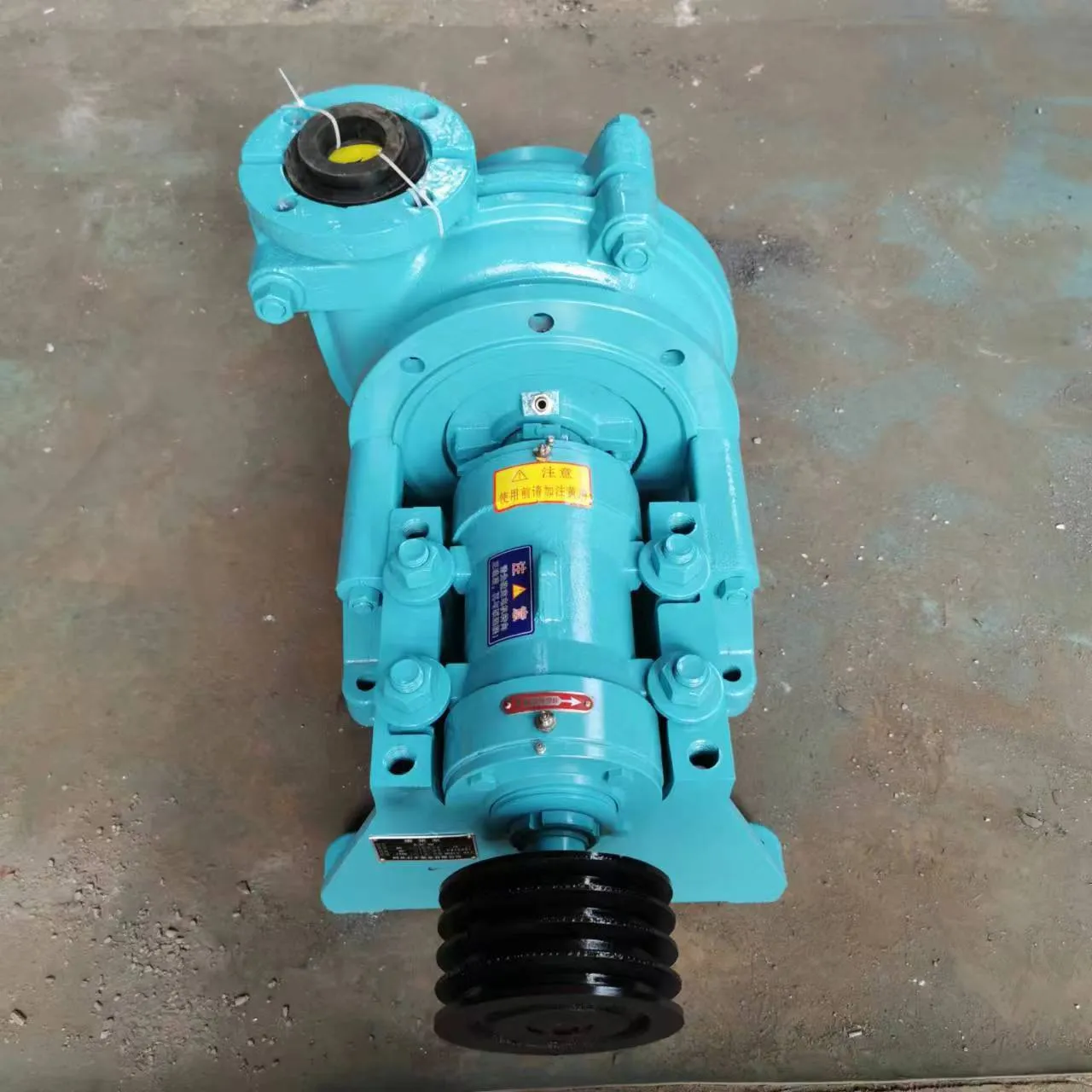English
- Afrikaans
- Albanian
- Amharic
- Arabic
- Armenian
- Azerbaijani
- Basque
- Belarusian
- Bengali
- Bosnian
- Bulgarian
- Catalan
- Cebuano
- Corsican
- Croatian
- Czech
- Danish
- Dutch
- English
- Esperanto
- Estonian
- Finnish
- French
- Frisian
- Galician
- Georgian
- German
- Greek
- Gujarati
- Haitian Creole
- hausa
- hawaiian
- Hebrew
- Hindi
- Miao
- Hungarian
- Icelandic
- igbo
- Indonesian
- irish
- Italian
- Japanese
- Javanese
- Kannada
- kazakh
- Khmer
- Rwandese
- Korean
- Kurdish
- Kyrgyz
- Lao
- Latin
- Latvian
- Lithuanian
- Luxembourgish
- Macedonian
- Malgashi
- Malay
- Malayalam
- Maltese
- Maori
- Marathi
- Mongolian
- Myanmar
- Nepali
- Norwegian
- Norwegian
- Occitan
- Pashto
- Persian
- Polish
- Portuguese
- Punjabi
- Romanian
- Russian
- Samoan
- Scottish Gaelic
- Serbian
- Sesotho
- Shona
- Sindhi
- Sinhala
- Slovak
- Slovenian
- Somali
- Spanish
- Sundanese
- Swahili
- Swedish
- Tagalog
- Tajik
- Tamil
- Tatar
- Telugu
- Thai
- Turkish
- Turkmen
- Ukrainian
- Urdu
- Uighur
- Uzbek
- Vietnamese
- Welsh
- Bantu
- Yiddish
- Yoruba
- Zulu
Telephone: +86 13120555503
Email: frank@cypump.com
Dec . 19, 2024 16:49 Back to list
pumps for slurry
Understanding Slurry Pumps An Essential Component for Efficient Transport
Slurry pumps play a crucial role in various industrial processes, particularly in the mining, construction, and wastewater management sectors. These specialized pumps are designed to transport a mixture of liquid and solid particles, known as slurry, efficiently and effectively. Their versatility and robustness make them indispensable in operations that require moving abrasive and high-density materials.
What is Slurry?
Slurry is a mixture of liquid and suspended solids that can range from a watery substance with a small number of solid particles to a thick, viscous mixture composed of high concentrations of solids. Depending on the industry, the properties of the slurry can vary widely. For instance, in mining, slurry often consists of water and finely crushed ore, while in construction, it may involve cement, sand, and water.
The Importance of Slurry Pumps
The efficient transport of slurry is critical for the success of many operations. If the liquid and solid components are not moved effectively, it can lead to significant delays and increased operational costs. Slurry pumps are specifically designed to handle the challenges posed by these mixtures. They ensure smooth transport, minimize wear on pump components, and maintain consistent flow rates.
Types of Slurry Pumps
There are several types of slurry pumps, each tailored to specific applications and requirements. The most common types include
1. Centrifugal Slurry Pumps These pumps utilize rotational energy to move slurry. They are known for their ability to handle large volumes at relatively low pressures. Centrifugal slurry pumps are commonly used in applications such as mining and mineral processing, where large quantities of slurry need to be moved quickly.
2. Positive Displacement Pumps Unlike centrifugal pumps, positive displacement pumps use mechanical means to transfer slurry. They are highly effective for applications requiring high pressures and low flow rates. These pumps are often used in situations where the slurry is highly viscous or contains large solid particles.
pumps for slurry

3. Submersible Slurry Pumps Designed to operate underwater, submersible slurry pumps are often used in applications like dredging and dewatering. Their design allows them to handle heavy slurry while preventing the ingress of water into the motor, ensuring durability and longevity.
Key Considerations When Selecting a Slurry Pump
Choosing the right type of slurry pump for a specific application is critical for optimal performance. Several factors should be taken into account
- Slurry Composition Understanding the nature of the slurry, including particle size, density, and corrosiveness, is essential. This information helps determine the most suitable pump materials and design.
- Flow Rate and Head Requirements Calculating the required flow rate and total dynamic head (TDH) will help in selecting a pump that meets the operational needs without incurring unnecessary energy costs.
- Wear Resistance Given that slurry can be highly abrasive, selecting a pump with materials and coatings designed to withstand wear is crucial for extending the life of the equipment.
- Maintenance and Serviceability Regular maintenance is vital for the longevity of slurry pumps. Opting for models that are easy to service and maintain can save time and reduce downtime significantly.
Conclusion
Slurry pumps are vital components in industries that require the efficient movement of liquid-solid mixtures. With their ability to handle challenging materials and environments, they ensure that processes run smoothly and efficiently. By understanding the different types of slurry pumps and their applications, operators can make informed decisions that enhance productivity, reduce costs, and ultimately contribute to the success of their projects. As industries continue to evolve, the importance of reliable and efficient slurry pumps will undoubtedly remain a key aspect of operational excellence.
-
Horizontal Split Case Pump with GPT-4 Turbo | High Efficiency
NewsAug.01,2025
-
ISG Series Pipeline Pump - Chi Yuan Pumps | High Efficiency, Durable Design
NewsAug.01,2025
-
Advanced Flue Gas Desulfurization Pump with GPT-4 Turbo | Durable & Efficient
NewsJul.31,2025
-
ISG Series Vertical Pipeline Pump - Chi Yuan Pumps | Advanced Hydraulic Design&Durable Construction
NewsJul.31,2025
-
ISG Series Vertical Pipeline Pump - Chi Yuan Pumps | Energy Efficient & Low Noise
NewsJul.31,2025
-
pipeline pump - Chi Yuan Pumps Co., LTD.|High Efficiency&Low Noise
NewsJul.31,2025










